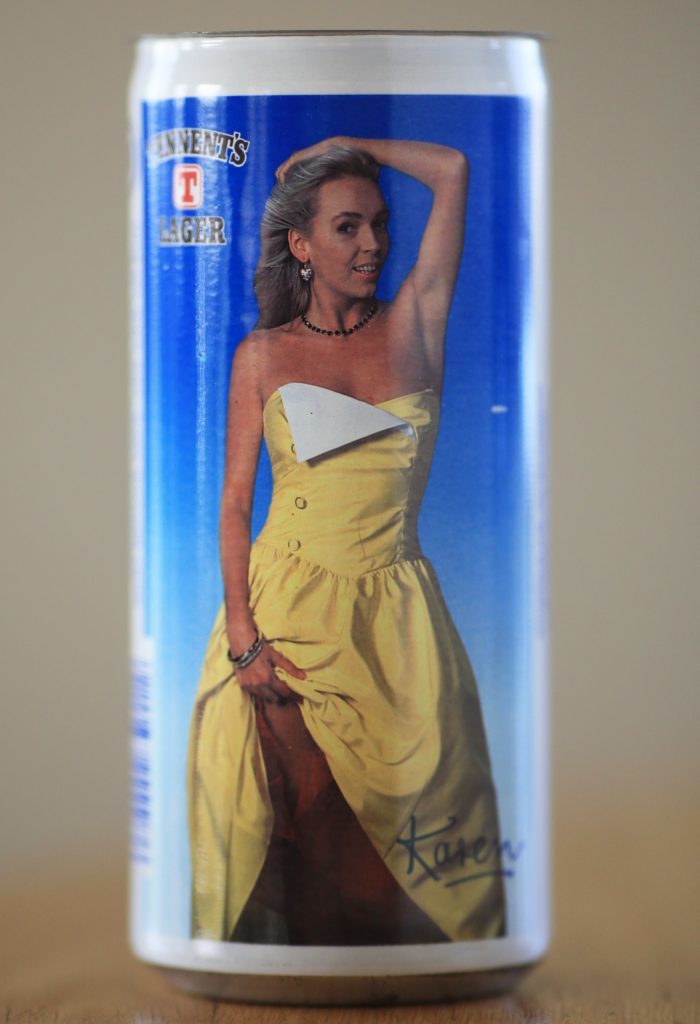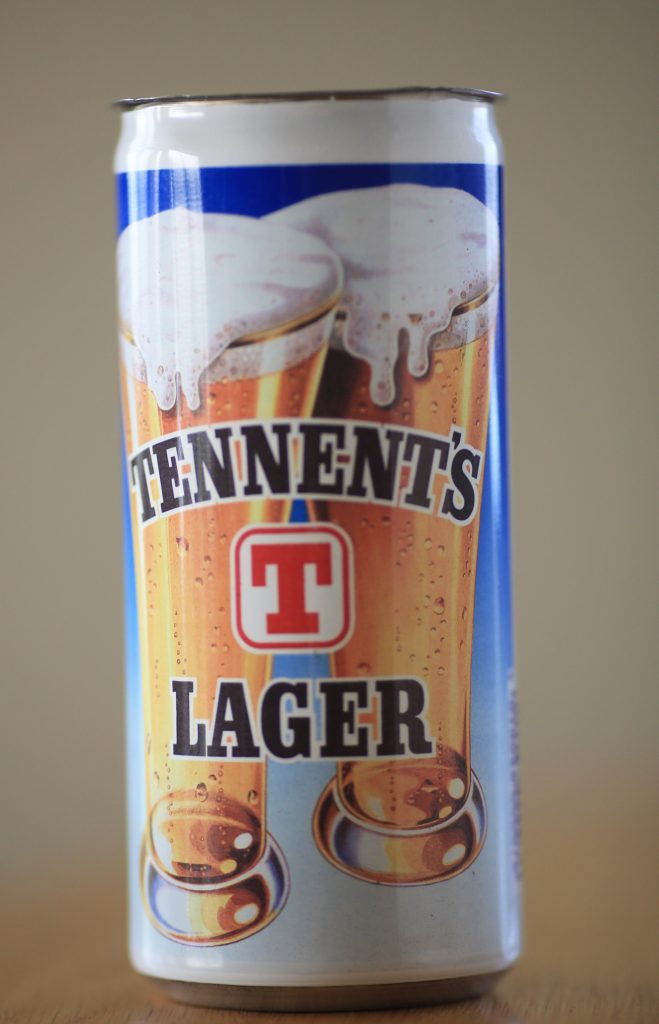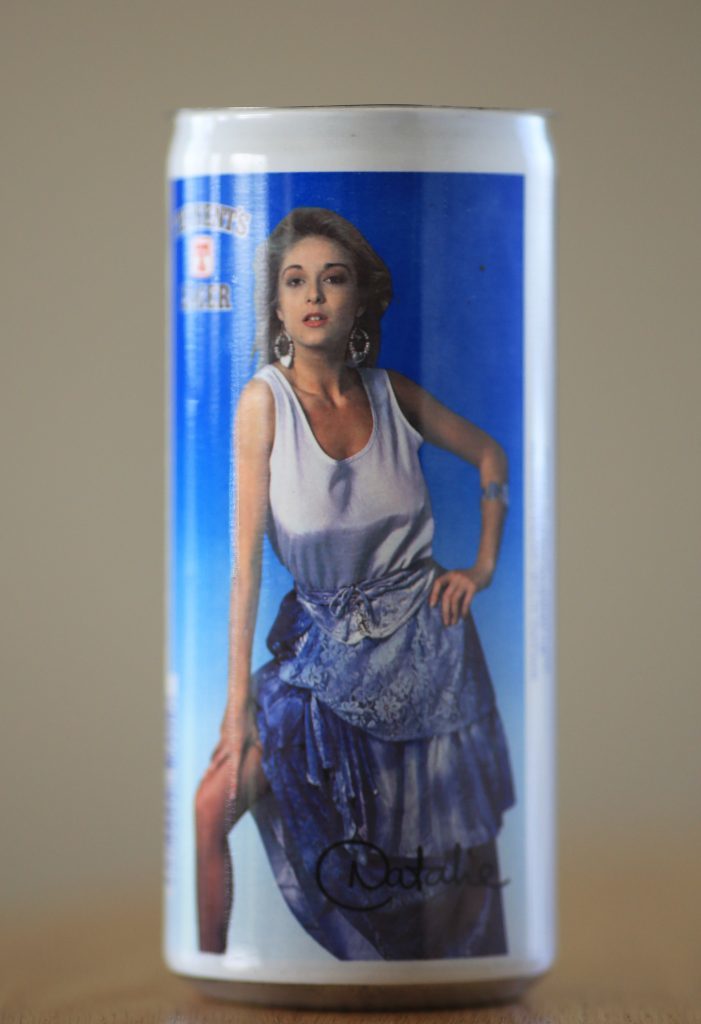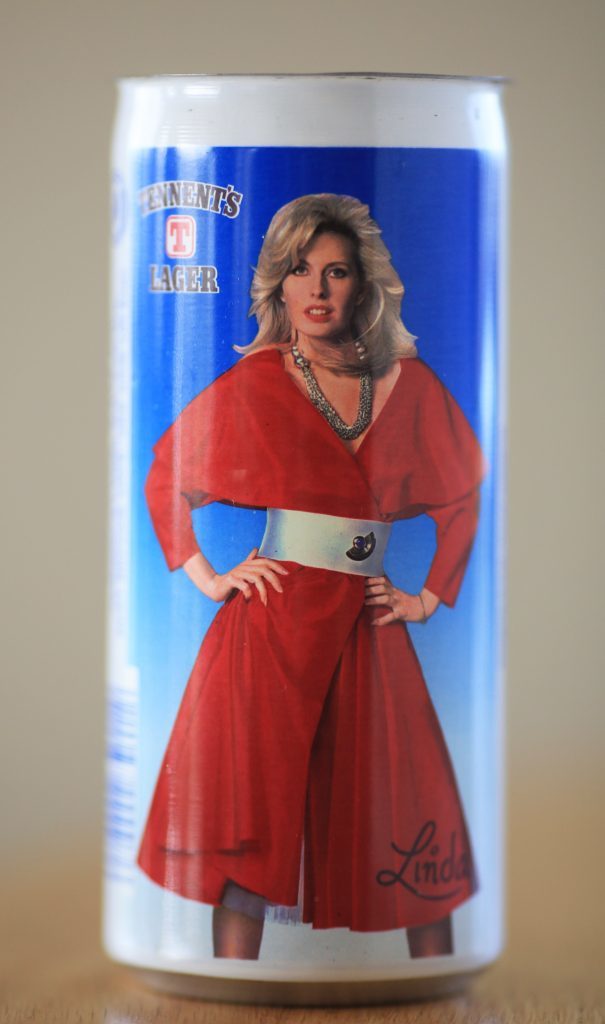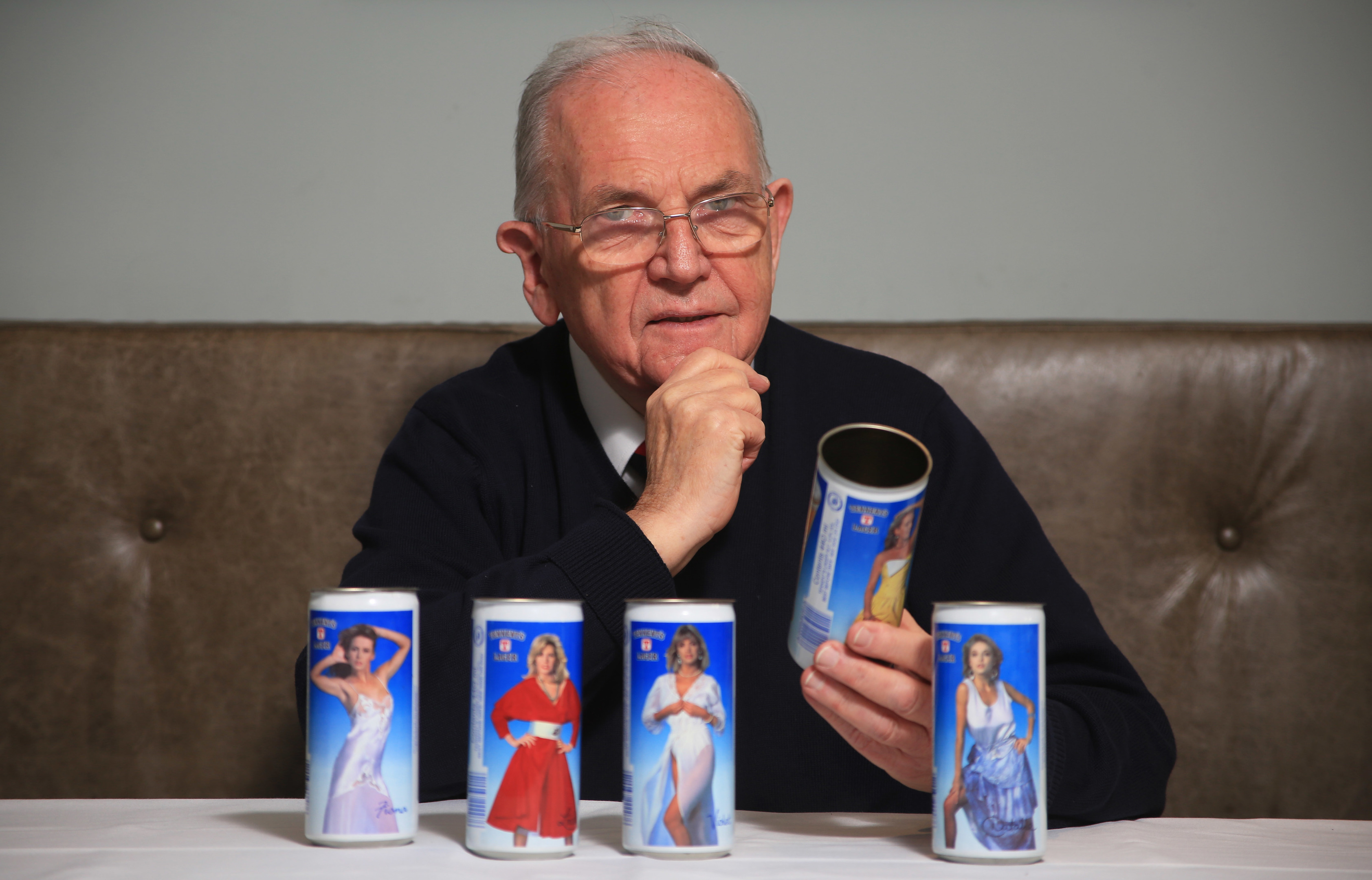
THEY summed up a different, more glamorous era with their giant hair, swimsuits and sky-high legs.
The Tennent’s Lager Lovelies remain one of the most popular promotional campaigns of all time, combining sex appeal with beer in a way that has never been matched.
But how did the fab but terribly sexist campaign come about?
And could the young women that became Scotland’s equivalent of Pan’s People or the girls from the Benny Hill Show ever return?
Advertising guru Grant Milne was a man with a vision and the 80-year-old doesn’t see any reason why they can’t stage a kitsch comeback.
Grant said: “Advertising changes. I’ve seen it all over the years. I was involved in cigarette advertising in the 60s. And that would seem absurd now.
“The Tennent’s Lovelies were – and are – part of Scottish culture.
“Who knows. They could well make a comeback if it was done with a modern twist?”
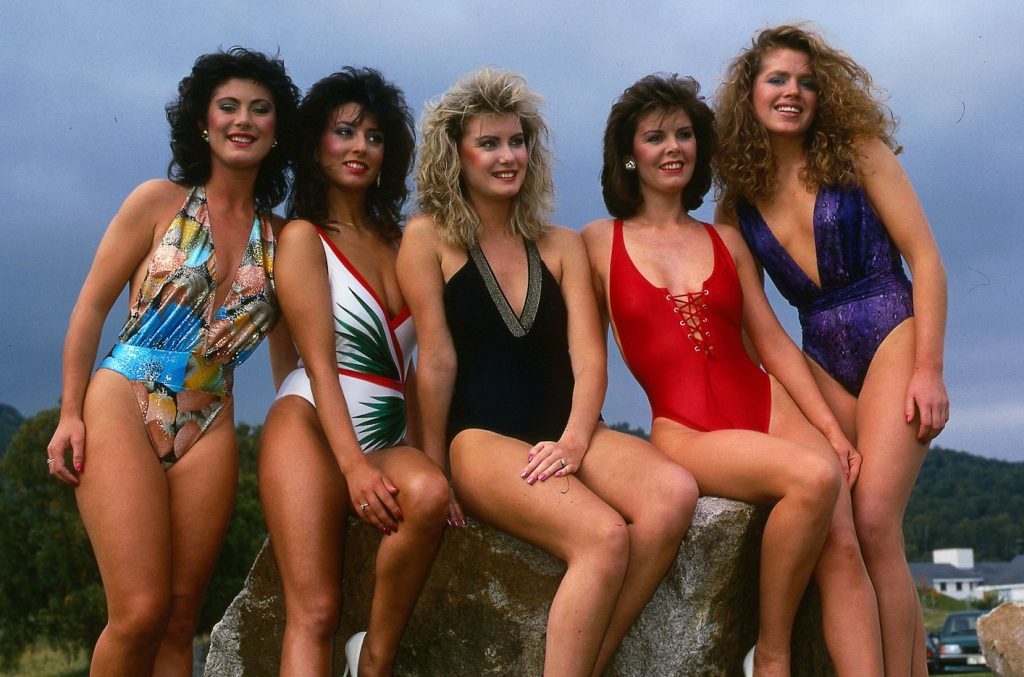
Now Grant, originally from Monifieth but now living in Croydon near London, has discovered a collection of original can designs.
The product designer, who conceived the packaging for a host of iconic Scottish labels throughout a 50-year career, says the cans could be worth a small fortune.
“The cans never had any beer in them and are the approved print proofs,” he said. “Some of the cans go for thousands of pounds.”
Grant’s London-based agency, Grant Milne and Associates, was tasked in the late 80s with re- invigorating the iconic campaign.
He had to revamp a format that by then was limping on amid changing cultural tastes.
Within a few years, the campaign would be dumped for good, making Grant the last designer.
Grant, who also designed packaging for firms like Glenfiddich, Grant’s and Ovaltine, said: “The previous campaigns had been quite amateurish in terms of photography.
“We wanted it to be more like models from a glossy mag on the side of the can and we achieved that.”
Grant, who started his advertising career in 1959, and used to count Sir Stirling Moss and Diana Dors as neighbours, said: “Other companies abroad had tried similar designs but for whatever reason it just clicked in Scotland with Tennent’s.”
The shoot – capturing Natalie, Karen, Fiona, Violet and Linda in soft shimmering light – gave the Lager Lovelies can campaign one last shot in the arm before it disappeared for good in 1992.
But it was more accident than design that saw Tennent’s stumble on the magic formula in the first place. The Glasgow-based brewery had featured Scottish landscapes on its cans, like the Wallace Monument, in the aftermath of the Second World War.
Those cans found their way to the sizeable market of Scottish squaddies doing National Service abroad and hankering for home.
Beer bosses hoped the pictures of a dramatic Scottish landscape would be enough to buy customer loyalty.
But it was when they included a model called Ann in a scenic shots in 1962, they hit on marketing gold.
It prompted a storm of mail asking about Ann and it became clear drinkers preferred a picture of a Scottish lass on the can than the rolling hills and glens of Caledonia.
And so a love affair with Ann, who featured on the cans for most of the next decade, began.
When she retired, Tennent’s bosses introduced a host of new models, with the girls wearing less and less.
But they were fighting a losing battle as 70s sexism made way for a new wave of equal opportunities in the 80s.
But ending the hugely successful marketing drive wasn’t treated lightly by Tennent’s bosses.
They carried out market research that showed 15% of their customers not only wanted it to continue but asked for topless women!
But the other 85% were indifferent or wanted a change.
Brewery bosses decided it was time to move on and went with the majority.
But the brewery firm – whose sales were boosted by the marketing smash hit – say its place is the history books and not to be repeated on supermarket shelves.
A spokesman for Tennent’s said there were no plans to bring it back.
These days, in a step as far removed from the Lovelies campaign as it’s possible to get, beer cans will now have to display calorie counts on their side.
READ MORE

Enjoy the convenience of having The Sunday Post delivered as a digital ePaper straight to your smartphone, tablet or computer.
Subscribe for only £5.49 a month and enjoy all the benefits of the printed paper as a digital replica.
Subscribe